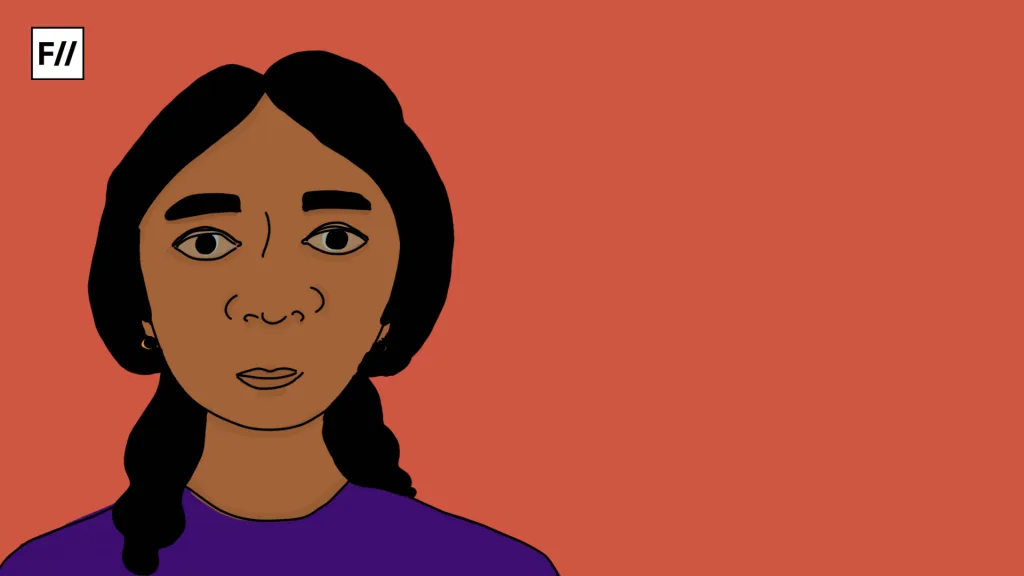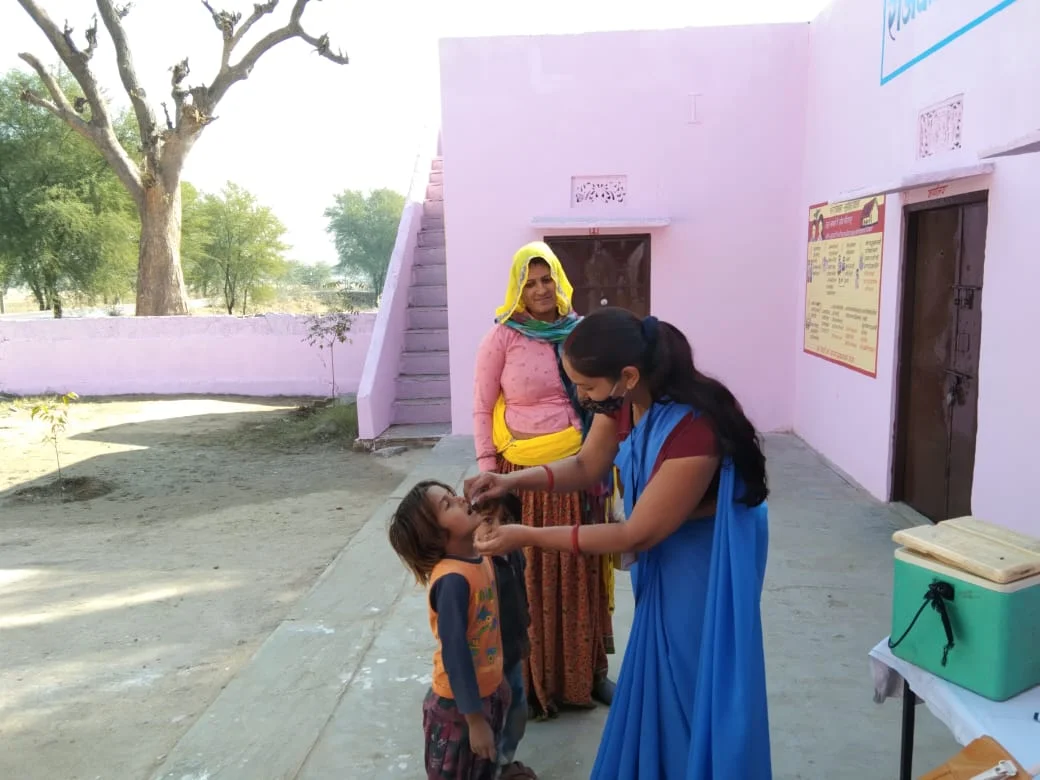Period pain affects a large portion of menstruating individuals, with studies indicating that up to 90% of women experience menstrual cramps at some point in their lives. For many, the pain is manageable, but for others, it can be severe enough to interfere with daily activities, including work. Dysmenorrhea can cause symptoms such as lower abdominal cramping, headaches, fatigue, nausea, and even emotional disturbances like irritability or anxiety. These symptoms, particularly in their severe form, can reduce an individual’s ability to focus, perform tasks efficiently, and engage with colleagues.
The complications within a menstrual cycle
Endometriosis is a long-term condition wherein the tissue that lines the inside of the uterus (ie. the endometrium) begins to grow outside the uterus. Exactly in fashion of the tissue inside, the tissue outside thickens, breaks down and bleeds with each menstrual cycle often leading to swelling and inflammation- ultimately leading to immense amounts of pain.
The diagnosis of the disease is awfully difficult- with the and invasive- the only confirmed protocol being a laparoscopy which is an invasive procedure.
The exact causes of endometriosis are still unconfirmed- but experts suggest that there may be a genetic component bearing in mind the fact that it often tends to run in families and also endometriosis also often tends to develop in women after a caesarean birth. The diagnosis of the disease is awfully difficult- with the and invasive- the only confirmed protocol being a laparoscopy which is an invasive procedure. In terms of treatment too, all women can do is take painkillers in order to provide some relief- and in very severe cases, they choose to get a hysterectomy.

For Sharan Anuraj Tingloo, aged 24, endometriosis has come to plague all dimensions of her existence. In India, about 25 million women are estimated to be suffering from the disease. The severe pain and its repercussions often make it tough for women to plan out the trajectory of their careers.
The invisibility of pain
Tingloo elucidates ‘I didn’t get my diagnosis till I was 22 years old. My periods had always been abnormal- my blood flow was heavy, my haemoglobin levels would drop, sometimes I would even need injections and iron supplements,‘.
She even remembers a classmate telling her that if she wasn’t suffering from PCOS, she had nothing to worry about. The problem is that endometriosis is an invisible disease with no outward evidence of pain. Just like several other issues faced by women, it’s simply put in the backseat.
A combination of factors such as late diagnoses and an expensive procedure make it difficult for people to get their diagnosis, and even when they do, more often than not they aren’t taken seriously. Tingloo pursued journalism for her Masters’ from a university with a strict attendance policy, where the medical segment could only bear the brunt of 10%. When she explained her condition to them, some of her teachers understood. She vividly remembers one of them, however, saying in scathing tones ‘She looks alright to me. I can barely see an issue,’.
For Ananya Agarwal, her periods came as irregular inconveniences. ‘I have a hormonal imbalance and so I don’t have the luxury of scheduling my work around my period,’ Agarwal said. Instead, she tends to wear dark coloured clothing on the days that she is bleeding and carries a small pouch with pads of several different sizes in case she ever gets her period whilst she is at the office.
Instead, she tends to wear dark coloured clothing on the days that she is bleeding and carries a small pouch with pads of several different sizes in case she ever gets her period whilst she is at the office.
‘I keep my pads in a small pouch and then I carry the pouch to the washroom so that it is not apparent that it is not apparent that I am on my period,‘. She believes that all workspaces should have sanitary pads and tampon dispensers. ‘At my last workplace, I got my period with no warning. Being a data analyst, it’s often a male dominated space, and my two other female colleagues were either preoccupied or didn’t have a pad and therefore couldn’t help me. I had to take desperate measures and use the toilet paper and a pad. I felt awful,‘ she says, recounting her story.

The lack of amenities at workspaces in India seems to be a prevalent issue, with women often left in a lurch if they get their period at work. Ananya’s current workplace, however, is fairly accommodating. Women are allowed to work from home for three days, while men are only allowed one and women are often seen carrying electric heating pads, whenever their cramps worsen. ‘People who are against menstrual leaves are often against hiring women in the first place,’ she says.
According to Aggarwal, her previous office was against hiring women as they found it harder to stay late after working hours (due to safety reasons) and sometimes had to take days off due to menstrual cramps. She remarks on the absurdity of the blend between sick leaves and period days off. ‘Personally, I believe that if people are against the idea of period leaves, it is patriarchy that dominates their head,’.
India’s period policies
In India, period pain policies are not widely executed across workplaces, but over the years there has been an increase in advocacy and various legislative efforts have been taken to address menstrual leave. Even today it remains a subject of debate in India, with many people advocating for menstrual health and hygiene policies. Many Government organisations and NGOs have launched campaigns to break the taboo and stigma around menstruation and educate people especially in rural areas to reduce stigma associated with menstruation. But still there are multiple challenges associated with terms of access, education and overcoming cultural stigmas.
In April 2023, the Supreme Court of India called for a ‘uniform national policy‘ aimed at ensuring the availability of free sanitary pads for all girls in classes 6 to 12, along with the establishment of separate, hygienic toilets for women in every school.
In April 2023, the Supreme Court of India called for a ‘uniform national policy‘ aimed at ensuring the availability of free sanitary pads for all girls in classes 6 to 12, along with the establishment of separate, hygienic toilets for women in every school. By November 2023, the government announced the formulation of a comprehensive national-level menstrual hygiene policy.
This policy is designed to break the deeply entrenched stigma surrounding menstruation, ensure widespread access to affordable and sustainable period products, improve toilet and sanitation facilities, and empower women and girls by promoting menstrual health. Additionally, it aligns with India’s international commitments to gender equality, women’s well-being, and sustainable development goals.

While the draft policy is currently open for public consultation, this brief underscores the urgent need to extend its implementation beyond the school system. A truly transformative approach requires ensuring access to menstrual hygiene products and facilities across all public and private spaces in India, including workplaces, healthcare centres, and community spaces, to fully realise its potential. Addressing menstruation comprehensively across all environments will foster inclusivity, health equity, and empowerment for women and girls in every sphere of life.
Beyond leave policies, workplaces can also consider more flexible schedules, remote work options, or providing access to pain relief and menstrual products on-site. Creating an open and supportive dialogue about menstruation can further reduce stigma, allowing employees to communicate their needs without fear of judgement. Education plays a key role in fostering this dialogue, as increased awareness of menstrual health can help demystify periods and highlight the importance of addressing period pain in the workplace.
Sources:
- https://www.nhs.uk/conditions/endometriosis/
- https://www.orfonline.org/research/towards-an-inclusive-national-policy-on-menstrual-health-and-hygiene
- https://www.ncbi.nlm.nih.gov/pmc/articles/PMC3392715/
- https://www.nature.com/articles/s41598-022-08658-3
- https://pdf.usaid.gov/pdf_docs/PA00W863.pdf
- https://www.scconline.com/blog/post/2024/07/11/supreme-court-asks-union-govt-consult-all-stakeholders-model-menstrual-leave-policy/
About the author(s)
Treya covers art, culture, climate and the environment. She has aspired to be a journalist ever since she was little. She has reported for The Hindu and Deccan Chronicle among others and explores how feminism takes root in everyday life by leading sessions with young people on gender, digital safety and the "good girl" syndrome.






